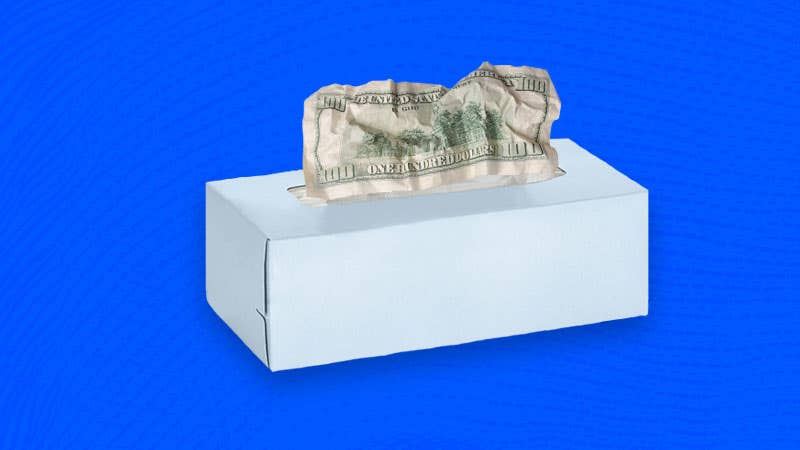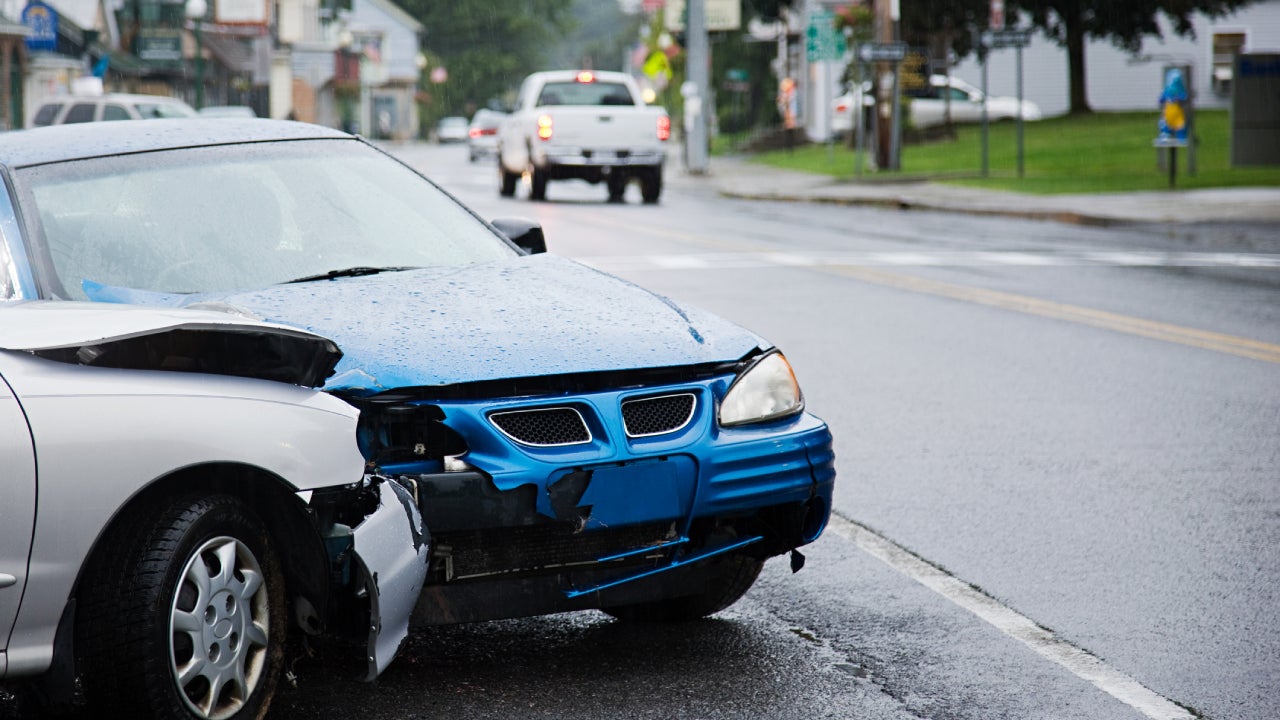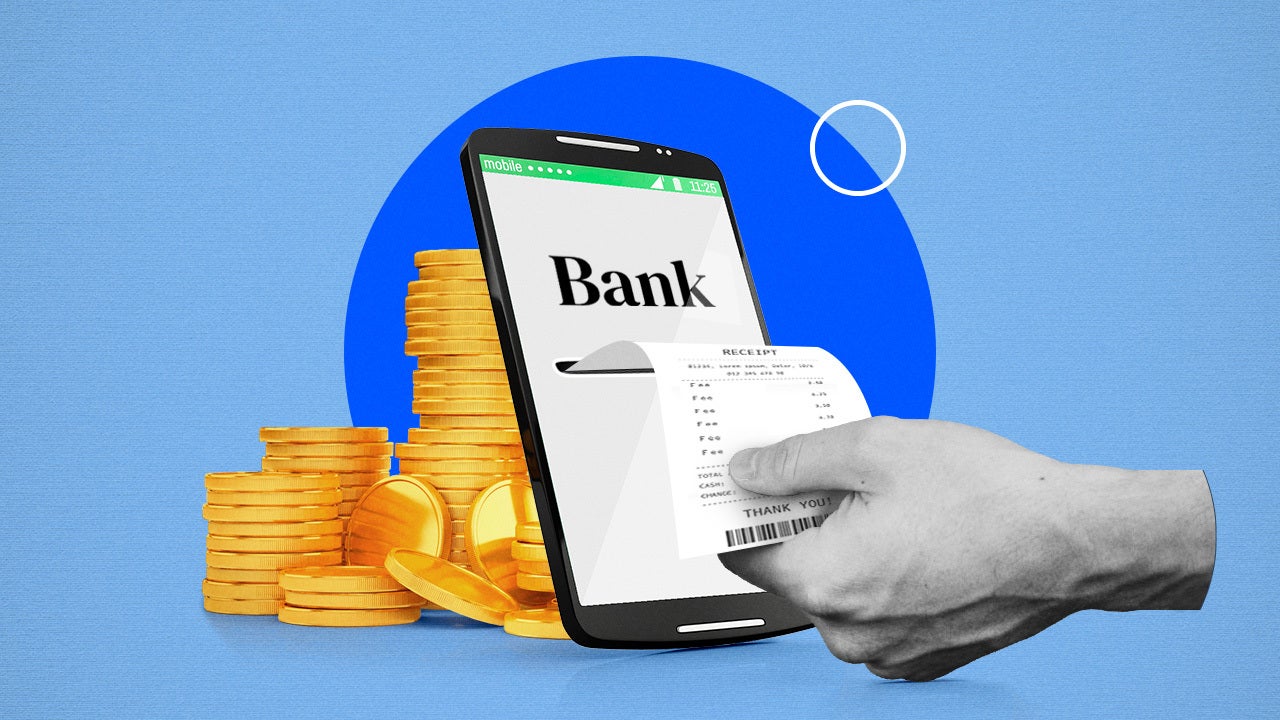Survey: As coronavirus spreads, nearly 1 in 3 Americans admit to not seeking medical care due to cost

At a time when health care access has become all the more critical for containing the coronavirus outbreak, many Americans find themselves unable to afford medical treatments.
Nearly 1 in 3 U.S. families (or 32 percent) decided not to seek medical care in the past 12 months because of cost, according to a nationwide Bankrate survey. This includes everything from doctor visits and medications, to vaccinations, annual exams, vision checks and more.
It comes as the number of confirmed U.S. coronavirus cases topped 1,000, with 29 deaths as a result so far, according to John Hopkins University’s database tracking the contagion. The virus has popped up in 38 states, as well as the District of Columbia, with California and New York declaring states of emergency.
Key takeaways:
- Just 6 percent of respondents say the health care system is fine as-is.
- Nearly 40 percent of Americans say Democrats are best prepared to offer health care solutions, compared with 27 percent who favor Republicans.
- Millennials are more likely than those who are older to turn down medical care due to cost.
- Americans take on debt, borrow money from family to cover health care costs.
Medical care is a crucial part of both curbing the spread of the virus and ensuring Americans are healthy enough to bounce back. Though the pathogen isn’t preventable by a vaccine or antiviral treatment, health experts at the Centers for Disease Control (CDC) recommend receiving medical care to help relieve symptoms, and in more severe cases, support vital organ functioning. Experts say affordability issues that persist under normal times can make dealing with the outbreak worse.
“If people don’t believe that the testing is going to be free, they could resist getting tested when they suspect that they may have the illness,” says Stephen Zuckerman, senior fellow and vice president for health policy at the Urban Institute. “Even if someone has mild symptoms, they could transmit it to someone who might end up having a more severe reaction.”
Coronavirus treatments challenging for 27.5 million uninsured
The first step to finding out if an individual is indeed infected with the novel coronavirus – officially known as COVID-19 – requires a test. In some cases, it can be costly. A Miami man reportedly racked up $3,270 in medical bills after going to the hospital with flu-like symptoms following a trip to China.
The federal government has already made it clear that it would subsidize testing kits for Medicaid and Medicare patients, while the CDC and other public health labs have been offering free testing for the virus. Still, patients could be charged if they seek out treatment at academic medical centers or commercial facilities – a provision that’s now allowed, after the Food and Drug Administration (FDA) expanded its Emergency Use Authorization (EAU) policy to allow more labs to conduct coronavirus testing.
Some insurance companies are moving to limit consumers’ out-of-pocket expenses for testing, while some states are blocking insurers from charging enormous fees for diagnostic tests. But that doesn’t solve the problem for the 27.5 million individuals who are uninsured, according to the Census Bureau’s 2019 American Community Survey.
“This is a situation where you have a widespread outbreak like this and you really see the potential public health effect of having all these gaps in coverage,” he says.
Health care a prominent issue for voters in 2020
But health care hasn’t been in the spotlight solely because of the coronavirus outbreak. A separate Bankrate poll from July 2019 found that health care is one of the most important issues for voters heading into the 2020 presidential elections.
Americans aren’t happy with the current system, according to Bankrate’s March health care poll. Just 6 percent of survey respondents report that health care in the U.S. is fine as it is. It’s largely because of affordability, according to Mark Hamrick, Bankrate’s senior economic analyst.
“Health care costs are causing injury to Americans’ personal finances, which is why they’re elevating the issue as an urgent political priority,” Hamrick says. “The desire for change is one rare case where most are in agreement.”
When it comes to party preference, more Americans (40 percent) said they believe Democrats are best prepared to offer solutions to address the nation’s health care challenges. That compares with 27 percent of individuals who prefer the Republican party.
That might be because Democrats have been proposing more changes to the broader health care system, as they attempt to challenge President Donald Trump in November. Though the field has now virtually narrowed to either Joe Biden or Bernie Sanders as its potential nominee, most of the 28 total candidates who threw their hat in the ring had proposed expanding health insurance coverage to all Americans.
Millennials, individuals with private plans more likely to shy away from treatments
Individuals who chose not to receive medical care because of cost varied by age, ethnicity, and income group, according to Bankrate’s survey.
Nearly 2 in 5 millennials (or 40 percent) said they shied away from medical care because of cost, the highest of any older age group. That total reached 35 percent for Generation X and 24 percent for baby boomers. It’s likely because millennials are newer in the workforce and therefore haven’t started to earn as much as their older counterparts, Zuckerman says.
Unsurprisingly, coverage gaps were more widespread the less an individual makes. For those whose earnings total less than $40,000 each year, 37 percent declined health care due to cost. That compares with 29 percent of those who say they make more than $80,000.
When it comes to demographics, Latinos were the most likely to be left behind, with 37 percent declining treatments because of affordability constraints. That compares with 30 percent of individuals who identified as white and 29 percent who were African-American.
The situation also looked more bleak for families. More than 2 out of 5 families (or 43 percent) with children younger than 18 declined health care treatments, compared with 27 percent of those who had children older than 18 and 31 percent of those who weren’t a parent or guardian.
But Bankrate’s poll found that having insurance won’t entirely fix the problem. Families with privately purchased plans were more likely to have avoided medical care due to cost (44 percent) — more so than the uninsured (33 percent), as well as those with insurance through an employer (34 percent) or through a government program such as Medicare or Medicaid (26 percent).
Americans take on debt, borrow money from family to afford treatments
Americans were more likely to confront more expensive health care costs, the survey found. Half of all Americans who had a health care expense over the past 12 months said it ended up being more expensive, compared with 40 percent who said it was about what they expected and 10 percent who found it to be cheaper.
When it comes to affording those treatments, Americans have reportedly gone to great lengths.
Almost 1 in 10 (or 9 percent) had to take on substantial debt, while 8 percent had to borrow money from friends or family and 7 percent had to tap into their retirement savings. Some Americans (6 percent) had to get another job. Others (5 percent) sold assets or personal belongings, while 3 percent borrowed money from their home’s equity and another 3 percent sought debt consolidation or declared bankruptcy.
What could help the affordability problem
Democratic hopefuls have their fair share of ideas for addressing these issues. Sanders has pledged to create a “Medicare for All” system, while Biden has previously expressed plans to require that all individuals have some form of insurance. While those are two viable options, the objective should rather be creating a universally affordable health care system, according to Zuckerman.
“You can do that through building on the Affordable Care Act, and you can do that through Medicare for All,’” Zuckerman says. “The specific approach is probably less important than getting affordable coverage.”
It’s also about more than just having insurance, Zuckerman says. Even individuals who have a plan to cover their medical costs still face high deductibles and premiums that are often limiting.
More than 8 in 10 covered workers (or 82 percent) are enrolled in a plan with an annual deductible, with the average annual amount for a single person being $1,655, according to the Kaiser Family Foundation. Those costs have been steadily increasing, with the 2019 average being 41 percent higher than the average annual deductible in 2014 and 162 percent higher than the average deductible in 2009.
“Employers control their costs by pushing more costs onto individuals,” Zuckerman says. “That creates affordability problems for people, and it’s one of the reasons why affordability of health care is a top issue in the country.”
All of this is potentially challenging for the U.S. as it responds to the outbreak, he says. “People are not getting the care that they think they need due to cost. That phenomenon could occur here as well.”
What this means for you
It’s important to treat health care costs just as you’d treat an unplanned expense. In addition to setting aside up to three to six months’ worth of expenses in an accessible, liquid account, consider contributing to a health savings account to help account for those high premiums or health care expenses that insurance won’t cover in general.
Many savings accounts on the market are offering yields up to 18 times higher than the national average. Use Bankrate’s tools and tips to help find the right account option for you.
“Health care costs, including the most significant stemming from an unexpected accident or illness, can inflict lasting financial damage,” Hamrick says. “One way to guard against this is to save for emergencies. It is better to have that money in savings to try to avoid the added cost and the worry.”
Methodology
Bankrate.com commissioned YouGov Plc to conduct the consumer survey. All figures, unless otherwise stated, are from YouGov Plc. Total sample size was 2,596 adults, including 2,053 who reported having health care expenses in the past 12 months. Fieldwork was undertaken on February 12-14, 2020. The survey was carried out online and meets rigorous quality standards. It employed a non-probability-based sample using both quotas upfront during collection and then a weighting scheme on the back end designed and proven to provide nationally representative results.






